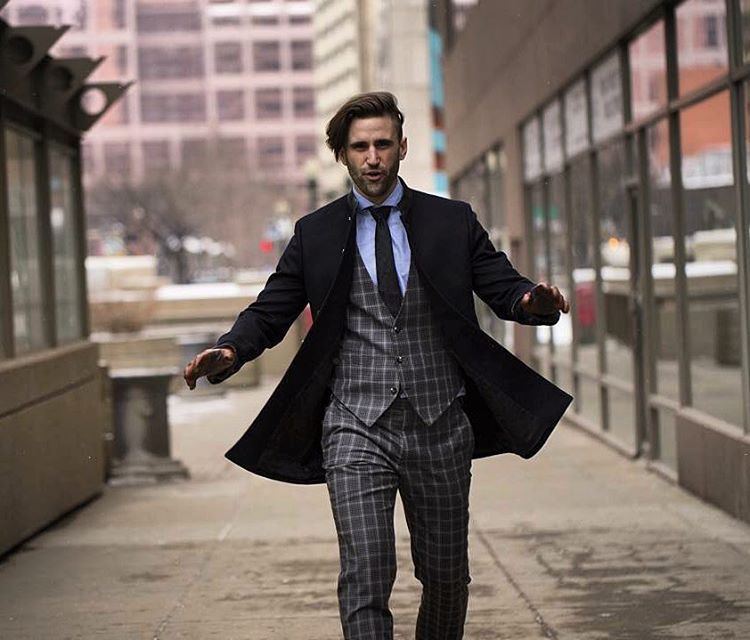
When (and How) to Wear an Overcoat
Overcoats (sometimes called topcoats) have origins in fashion going back to the 18th century! What may be even more surprising is that they persist today as a pinnacle of both form and function. Even if you do not dress formally, your style can be complemented with a well-fitting coat or jacket to wear as your outermost layer. Keep reading for a crash course in this front closet essential from Suits by Curtis Eliot.
WHAT…?
In the most traditional sense, overcoats and topcoats were both considered “outercoats”– differentiated by material and the length of their hems. Today these terms and others (such as outerwear) are used interchangeably for a long-sleeved, zipped, buttoned, tied or otherwise clasped garment, worn as a layer between your outfit and the outdoors.
WHEN…?
A well-fitting overcoat can be worn in almost any situation, as long as it would not be uncomfortably warm. Topcoat season is nearly year-round in Alberta: September to May aside, summer nights can often call for warmer extremities. Additionally, the outercoat should be the first layer you shed other than gloves or a scarf– remove all of the above when headed indoors.
WHERE…?
Good overcoats and topcoats can be found everywhere! From thrift shops to high-end retailers, you can spend as little or as much as you can imagine on an outercoat that compliments your personal style. When budgeting, consider one of fashion’s rules of thumb: one quality piece can dress up your entire look. Tweed dusters, wool coats, leather jackets, gabardine trenches and even rugged cardigans all fall under the definition of dressier outerwear.
WHY…?
If you have put a lot of effort into planning your outfit for the day or evening, it may seem counter-intuitive to put a heavy coat on top of it. This is where a fashionable overcoat differs from a parka, slicker, windbreaker or other similar utility clothing. Well-cut and considered outerwear can offer both warmth and style, emphasizing or contrasting your other layers and accessories.
HOW…?
Unless it is a deliberate look you are going for, your outer layer should not appear bulky, bunched up or too tight. Overcoats should lend a feeling of sharpness and togetherness to more casual looks, such as a knit top worn with jeans. As for suits, the thin material is ideal for wearing under a heavier garment– after all: an outercoat’s original purpose was to both warm the wearer and protect their clothing.
We here at Suits by Curtis Eliot hope you enjoyed our answers to the five basic questions above, but we are always happy to answer any of your questions or concerns. Contact or visit us today!


